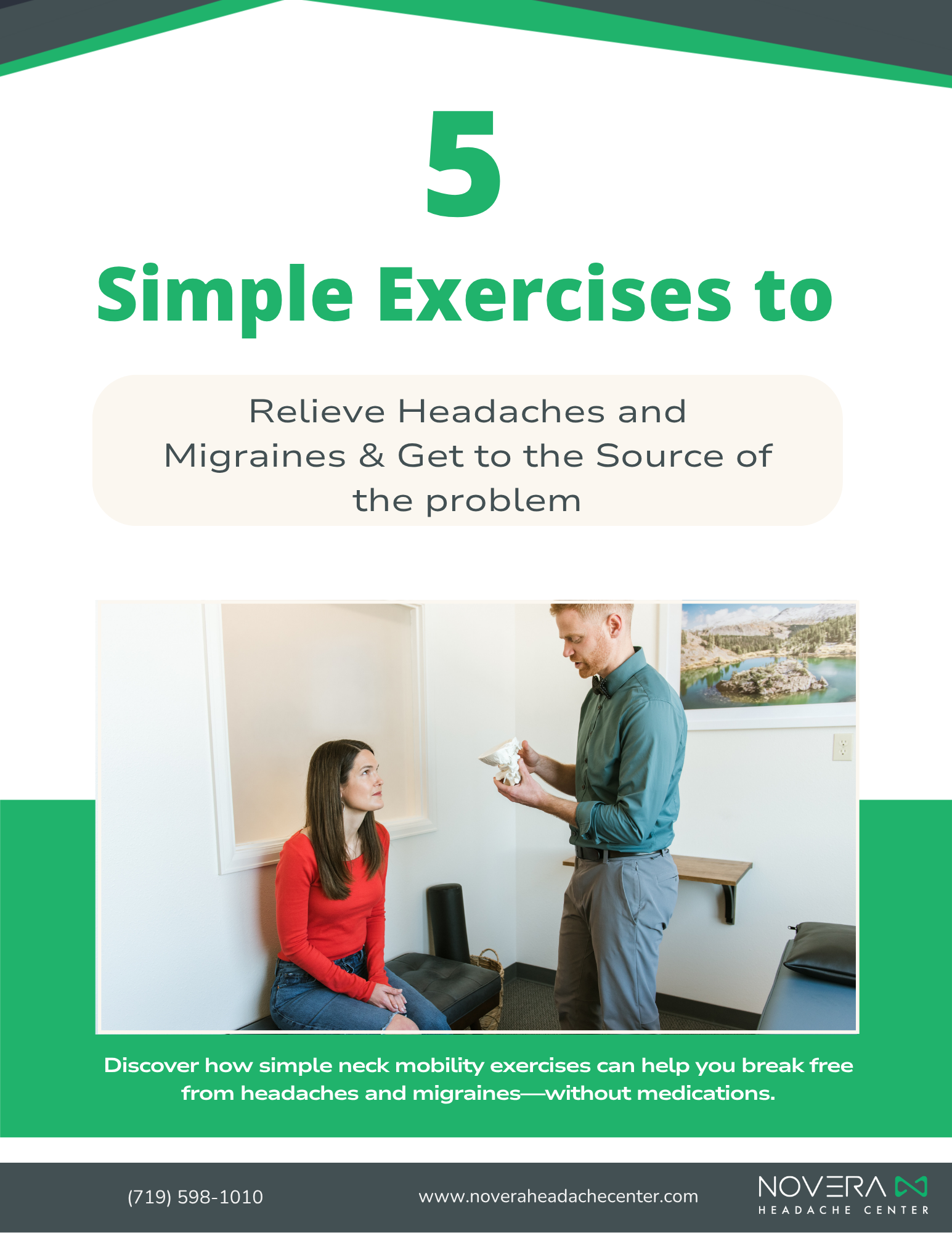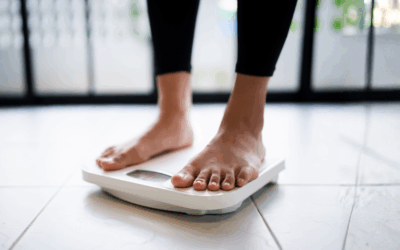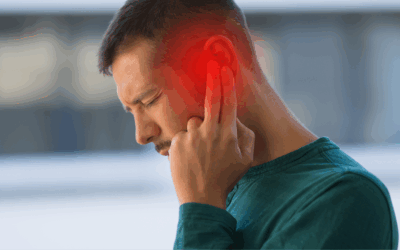For those living with chronic headaches or migraines, finding a solution that’s safe, natural, and actually works can feel like chasing shadows. Red light therapy, a rising trend in wellness and recovery spaces, offers a hopeful relief option—especially when paired with a broader healing strategy focused on treating the root cause.
What Is Red Light Therapy?
Red light therapy (RLT) uses specific wavelengths of light—typically between 600 to 1100 nanometers—that penetrate the skin and affect cellular function. This includes both visible red light (600–700 nm) and near-infrared light (700–1100 nm). While the red light helps with surface-level benefits like reducing inflammation and promoting collagen, the near-infrared light can reach deeper tissues like joints, muscles, and even the brain.
Unlike ionizing radiation (think X-rays or UV rays), the wavelengths used in RLT are non-ionizing and considered safe, even for at-home use. It’s non-invasive, comes with little to no side effects, and is becoming increasingly accessible through devices ranging from handheld wands to full-body light panels.
How Red Light Therapy Benefits Headache and Migraine Sufferers
RLT supports the body’s healing in several specific ways that can help reduce the frequency and severity of headaches and migraines:
- Boosts Nitric Oxide for Better Blood Flow
Red light helps release trapped nitric oxide within cells, promoting vasodilation—or the widening of blood vessels. This increases oxygen delivery to tissues and reduces neurovascular spasms that contribute to the pounding sensation typical in migraines. (More on nitric oxide in relation to headaches and migraines here.) - Improves ATP Production
ATP is the energy currency of cells. When red light boosts ATP production in mitochondria, it enhances the body’s ability to heal and recover from inflammation and pain. This is especially beneficial for joints and muscles surrounding the head and neck. - Supports Serotonin Modulation
Migraines are often treated with medications that manipulate serotonin. Red light therapy has been shown to increase serotonin levels naturally, helping regulate mood, increase pain thresholds, and reduce sensitivity to migraine triggers. - Provides an Alternative to Medication and Botox
In clinical trials comparing low-level light therapy to Botox, both groups saw reduced pain intensity and less need for acute medication. What makes red light stand out is that it offers similar results without injecting a neurotoxin or shutting down muscle function.
How to Use It
While more research is still to come, anecdotal and small-scale clinical studies suggest real benefits. For at-home users, starting with a focused handheld device applied to areas like the temples and upper neck a few times a week may help. For those seeking systemic effects like improved serotonin and nitric oxide levels, full-body panels or therapy beds can provide broader benefits.
A Complement, Not a Cure
While red light therapy can be helpful, it should be viewed as a supportive modality rather than a primary solution. At Novera: Headache Center, we find that the root cause for many headaches and migraines stems from issues in the neck, jaw, or shoulder. Red light therapy can improve your body’s threshold for managing pain and create a healing environment—but it works best when paired with treatments that address the physical root of the problem.
Red Light Therapy and Root Cause Healing
Red light therapy is a promising tool for anyone looking to manage headaches and migraines naturally. By supporting your body’s natural healing systems—boosting blood flow, energy production, and calming neurotransmitters—it offers a low-risk way to enhance your wellness routine.
As always, consult a trusted healthcare provider before trying new therapies. But if you’re ready to step beyond symptom management and move toward lasting relief, red light therapy could be a helpful companion on that journey.
If you’re interested in a complete, root-cause approach to healing headaches and migraines, call us at (719) 598-1010 to learn more about our in-person and virtual programs.




